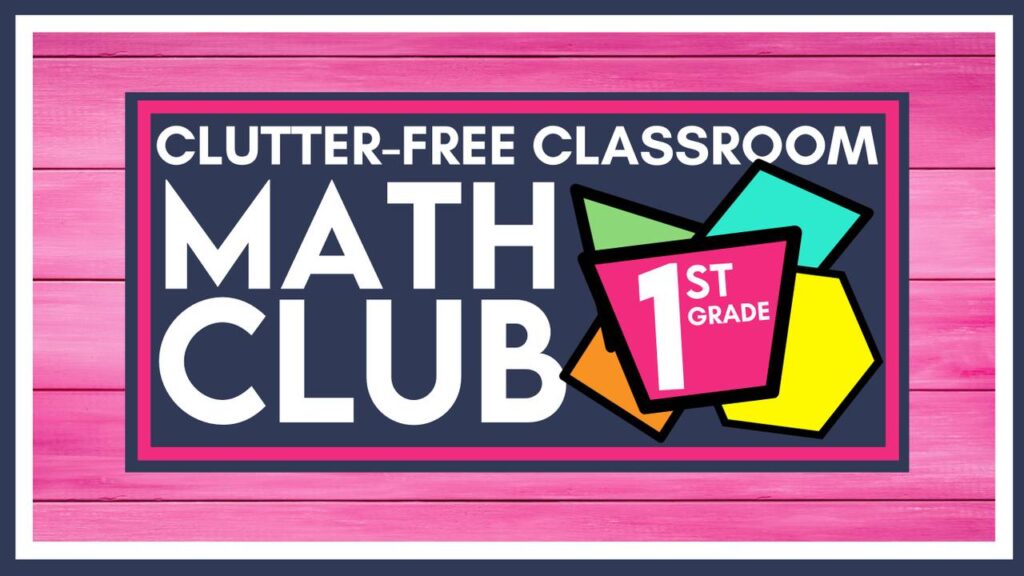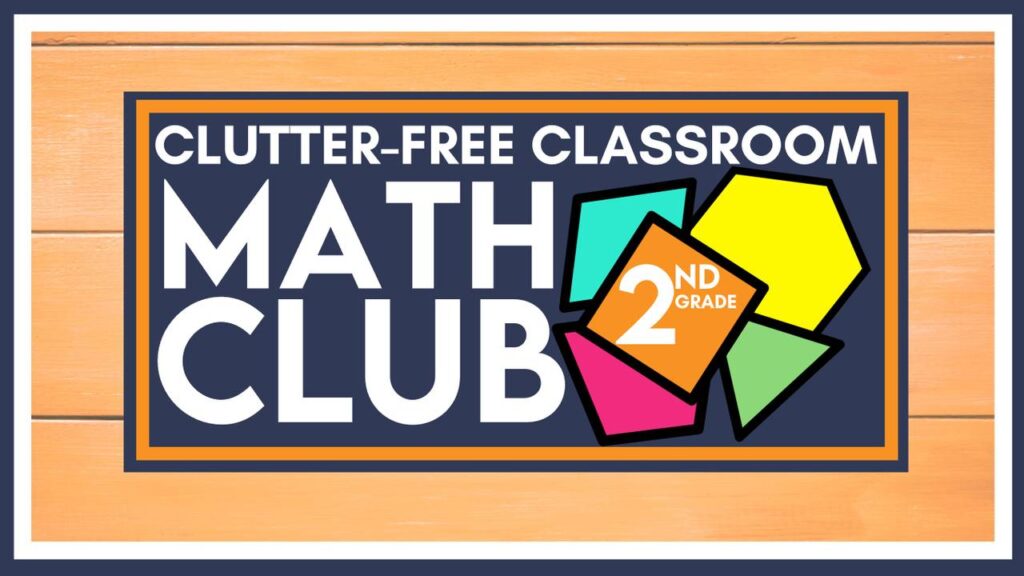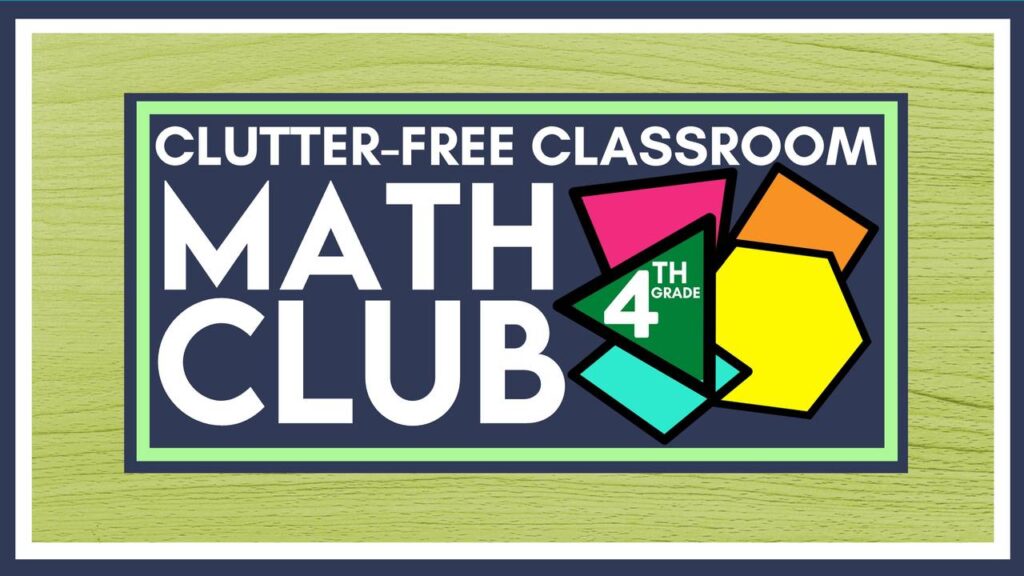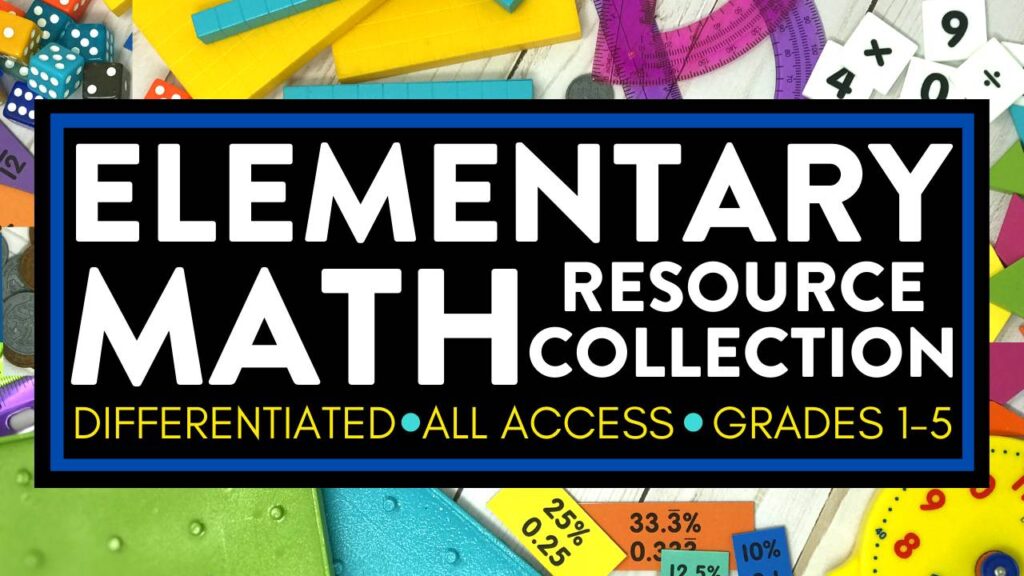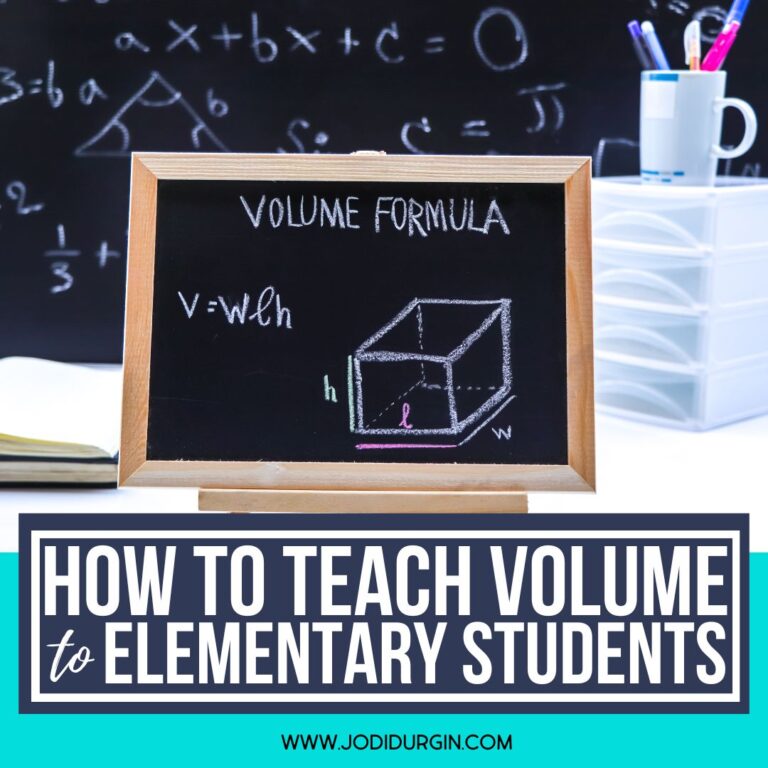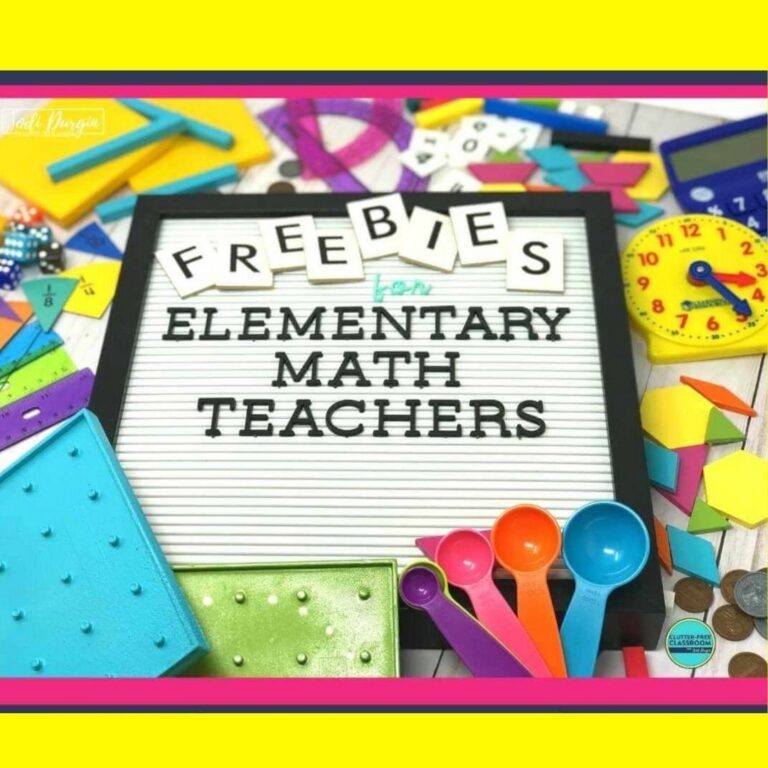If you are an elementary teacher looking for tips and ideas for how to teach addition and subtraction within 100, then you found the right place! Learn what it is, why it’s important, what your students need to know, and get helpful tips for teaching it. Read all about teaching adding and subtracting within 100 below!
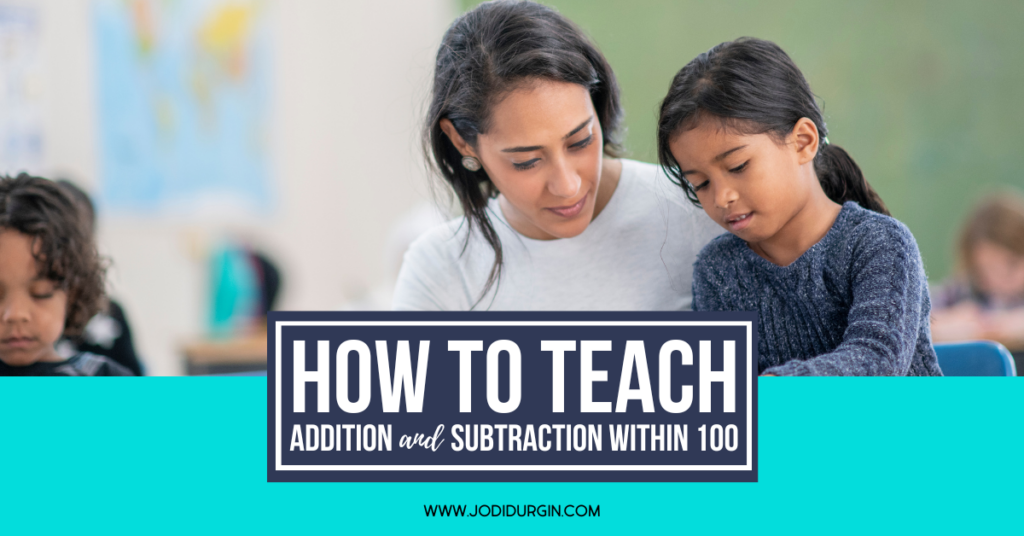
What is Addition and Subtraction within 100?
Addition and subtraction within 100 is when students gain knowledge in both adding and subtracting numbers no greater than 100. In first grade, students learn about adding a two-digit number and a one-digit number and adding a two-digit number and a multiple of 10. Students also work on subtracting multiples of 10 in the range 10-90 from multiples of 10 in the range 10-90.
Why is Adding and Subtracting within 100 Important?
It is important for students to learn how to add and subtract within 100 because it helps students continue to gain a strong conceptual understanding of adding and subtracting. While learning about addition and subtraction, students will continue to develop the following enduring understandings: addition and subtraction have an inverse relationship; numbers can be decomposed to make them easier to combine; place value helps us add and subtract larger numbers; 10 ones can be regrouped to 1 ten; 1 ten can be regrouped as 10 ones.
What Addition and Subtraction within 100 Skills Do Students Need to Know?
Below are the Common Core and TEKs standards that relate to addition and subtraction within 100. These define what students should be able to do by the end of the school year.
Common Core Standards
Below are the CCSS standards related to how to teach addition and subtraction within 100.
1st Grade
- Add within 100, including adding a two-digit number and a one-digit number, and adding a two-digit number and a multiple of 10, using concrete models or drawings and strategies based on place value, properties of operations, and/or the relationship between addition and subtraction; relate the strategy to a written method and explain the reasoning used. Understand that in adding two-digit numbers, one adds tens and tens, ones and ones; and sometimes it is necessary to compose a ten. (1.NBT.C.4)
- Given a two-digit number, mentally find 10 more or 10 less than the number, without having to count; explain the reasoning used. (1.NBT.C.5)
- Subtract multiples of 10 in the range 10-90 from multiples of 10 in the range 10-90 (positive or zero differences), using concrete models or drawings and strategies based on place value, properties of operations, and/or the relationship between addition and subtraction; relate the strategy to a written method and explain the reasoning used. (1.NBT.C.6)
2nd Grade
- Fluently add and subtract within 100 using strategies based on place value, properties of operations, and/or the relationship between addition and subtraction. (2.NBT.B.5)
TEKS
Below are the TEKS standards related to how to teach addition and subtraction within 100.
1st Grade
- Use concrete and pictorial models to determine the sum of a multiple of 10 and one-digit number in problems up to 99. Cuse relationships to determine the number that is 10 more and 10 less than a given number up to 120; (1.3.A)
5 Tips for Teaching Addition and Subtraction within 100
Below are 5 helpful tips for teaching how to add and subtract within 100 to elementary students.
1. Read Aloud Picture Books that Teach Addition and Subtraction within 100
Reading aloud picture books is a great way to integrate literacy into your math block. It’s also a great way to present information in a different way. Our favorite picture books for teaching how to add and subtract within 100 are One Hundred Hungry Ants by by Elinor J. Pinczes, Ten For Me by Barbara Mariconda and Shark Swimathon by Stuart J. Murphy. Check out the full list of math picture books we recommend!
2. Offer Hands On Learning Experiences
Hands-on math experiences help students make connections, remember their learning, and develop a deep conceptual understanding of the content. You can make any lesson interactive and engaging by offering math manipulatives. Our favorite math manipulatives for teaching addition and subtraction within 100 are ten frames, dominoes, dice, linking cubes, Unifix cubes, rekenrek, base-ten blocks, two color counters, dinosaur counters, bear counters, bug counters, abacus and number tiles.
3. Explicitly Teach Related Math Vocabulary
Teaching math vocabulary is essential for all students. It is especially beneficial for students who speak English as a second language and students with learning differences. Key vocabulary terms for addition and subtraction within 100 are add, addition, addend, sum, subtract, subtraction, difference, solution, equation, unknown, estimate, comparing join, compose, decompose, difference, mental math, regroup, strategy, representation, model, place value, hundreds, tens, ones, expanded form, properties of operations, associative property, commutative property, identity property and number line.
4. Give Students Opportunities to Apply Addition and Subtraction within 100 to the Real World
Learning becomes more meaningful when students understand how it connects to the real world. Students are more engaged and invested in their learning. Some examples of ways we use addition and subtraction within 100 in the real world are finding the total number of leftover pencils at the end of the day, how many total kids are in the grade, or how many students ordered popcorn in the classroom. Project based learning and word problems are examples of opportunities for students to apply their learning to real world situations.
5. Encourage Parent Involvement
Parent participation in math is essential because it impacts students’ attitude toward math. This directly impacts their proficiency levels this school year, as well as their future success in their math education. Be sure to keep communication open with families and share ways they can support their children in their math learning. Some examples of ways they can practice addition and subtraction within 100 at home are when out at a restaurant, counting insects at the park, or totaling a score after a game.
In closing, we hope you found this information about how to teach addition and subtraction within 100 helpful!

